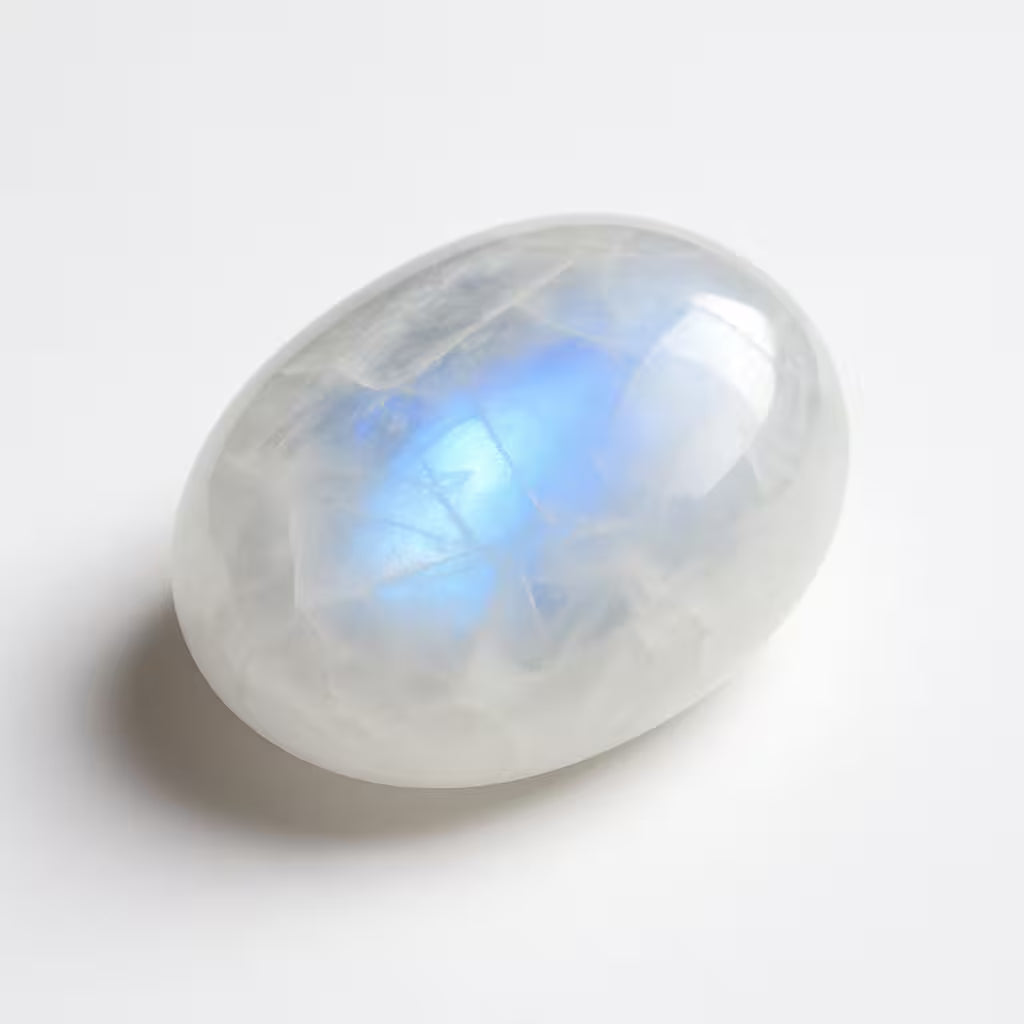How old are ammonites?
The subclass Ammonoidea, a group that is often referred to as ammonites, first appeared about 450 million years ago.
Ammonites are an extinct group of marine invertebrate mollusks and are most closely related to modern day nautilus, octopi, and squid. These animals first arose over 400 million years ago and were abundant in waters all over the world until approximately 65 million years ago, when they became extinct in the same event that caused the extinction of the dinosaurs. This large specimen was native to Colorado during the Late Cretaceous period, which lasted from about 98.5 to 65 million years ago.
How many ammonite species were there?
Scientists can tell species of ammonites apart through several attributes including shell shape, size, age, location, features such as the number and spacing of ribs, defensive spines or shell-strengthening ornamentation.
But figuring out exactly how many species have been found so far is a bit tricky.
Like modern cephalopods, ammonites displayed sexual dimorphism, which is the noticeable difference in appearance between sexes. But when ammonite fossils that looked unique were found in the past, they tended to be recorded as new species instead of as the microconch (male) or macroconch (female) of an existing species, as this difference between the sexes was not yet known about.
However, it is estimated that over 10,000 species of ammonite - possibly even over 20,000- have been discovered.
Ammonites were born with tiny shells and, as they grew, they built new chambers onto it. They would move their entire body into a new chamber and seal off their old and now too-small living quarters with walls known as septa.
How was a marine animal found in Colorado?
When ammonites lived, the world was a very different place. Much of the western United States, including Colorado, was covered by a vast inland sea, known as the Western Interior Seaway. The climate was likely warm and tropical and marine animals thrived in this habitat.
The spiral shell is all that is left of the various ammonite specimens that have been discovered. This spiral shape gives the animals their name. Because of the shells' resemblance to rams' horns, the animals were named after the Egyptian god Ammon, who possessed the head of a ram.
Since only the shells of ammonites have been preserved, studies of their close living relatives have allowed scientists to gain insight as to what ammonites may have looked like. In life, ammonites probably resembled a squid lodged in the spiral shell with eight to ten tentacles protruding from the opening. These tentacles were used by the ammonite for swimming and hunting much as modern octopi and squid do. Ammonites were very diverse organisms, but most were probably predators, cruising the open water for prey. They, in turn were preyed upon by other animals, such as mosasaurs, water dwelling reptiles related to monitor lizards, which often left bite marks on the shells. After the death of the ammonite, the soft tissues making up the tentacles and head of the animal decayed, leaving only the spiral shell, which then became fossilized.
Preserved here in good detail are the complex sutures that can be found on some ammonite specimens. These structures lie on the inside layers of the ammonite shell, and they represent the intersection of the shell with the septa, which are the walls that divide an ammonite shell into discrete chambers, much like the shell of a nautilus. The sutures, and hence the septa are so very intricate because the increased surface area the complexity afford leads to greater strength in the septa, while still allowing the septa to be light and thin. The ammonite shell could, in this way, be both light and strong simultaneously.
Because of their abundance, ammonite fossils have been recorded and used by humans for much of our own history. The ancient Greeks used ammonite shells as medicinal cures, and the English and the Scots, believing ammonites were coiled snakes turned to stone by a Christian saint, thought they could cure snake bites. The Navajo carried ammonite fossils for good health and good hunting. Today, geologists use ammonite shells to help determine the age of the rocks in which they are located. Since ammonites were so common, and so widely distributed around the world, if a species of ammonite is located in two different rocks from different locations, geologists can give these rocks the same age. This makes ammonite fossils extremely important for geologists and paleontologists.








